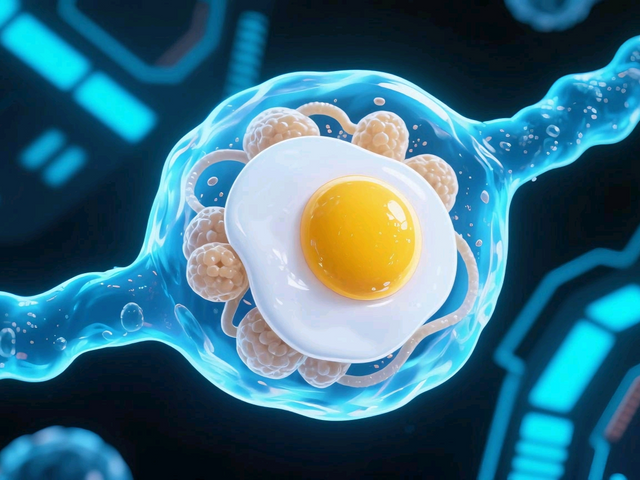What should humans eat in the future era of interstellar travel?
In the era of future interstellar travel, synthesizing carbohydrates is no longer an issue—but securing efficient, sustainable protein is the real challenge. Microbial protein production, especially “yeast protein,” offers high yield, complete amino acid profiles, and rapid turnaround, making it a cornerstone for deep-space missions. Discover why yeast protein could be humanity’s best ally among the stars.
🛰️ The “Meal” Challenge of Interstellar Travel
It’s well known that life’s two essentials are “eating” and “reproducing.” On a starship, providing sufficient, high-quality protein is far tougher than growing crops or raising livestock:
- Limited space: No vast pastures, no room for large herds.
- Resource constraints: Planting and harvesting or animal husbandry can take months to years.
- Harsh environment: Microgravity, radiation, and closed-loop systems demand efficiency.
🍞 Carbs: From CO₂ to Starch—Mass Production Secured
“Carbon fixation” technology already turns CO₂ into starch. On future vessels, giant bioreactors will continuously supply carbs, letting crews enjoy “space bread” on demand.
🔬 Rise of Microbial Protein
- Sci-fi inspiration: The protein blocks in Snowpiercer saved space but lacked flavor.
- Literary prophecy: Asimov’s Foundation series envisioned using bacteria, fungi, and algae for protein.
- Real-world progress: Yeast protein, single-cell algae, and fungal proteins are now mass-produced.
🍳 Yeast Protein—The “Protein Bomb” of Microbes
- Structure:
- Cell wall (“shell”): polysaccharides
- Nucleus (“yolk”): nucleic acids
- Cytoplasm (“white”): up to 80% protein
- Production Process:
- Select high-protein yeast strains → enzymatic digestion → extraction & purification → protein powder/bars.
- Fermentation cycle: just 2 days to harvest a batch of pure protein.
🚀 Three Key Advantages of Yeast Protein
- Unmatched Yield:
- 2,000× animal protein output
- 800× soybean protein output
- Complete Nutrition:
- Contains all 9 essential amino acids in ratios close to FAO recommendations
- Amino acid score rivals whey protein
- Slow-Release Profile:
- A “slow protein” that steadily releases amino acids, perfect for astronauts with limited physical activity.
🍽️ Flavor Simulators Recreate Earthly Cuisine
With high-quality yeast protein and a “taste simulator,” you can enjoy:
Steamed lamb, roasted duck, savory sausages… even in deep space, you can taste home!
🔭 Yeast Protein in Today’s World
- Current uses: Widely found in protein powders, bars, and healthy snacks
- NASA endorsement: Classified as a core ingredient for deep-space exploration rations.
Conclusion:
As humanity ventures into the cosmos, our protein source won’t come from cows, pigs, or soy—but from tiny yet mighty microbes. Let’s harness yeast for protein and embark on a stellar culinary journey!
If you like this article, please like, share, and follow me @funge for more interesting work.
